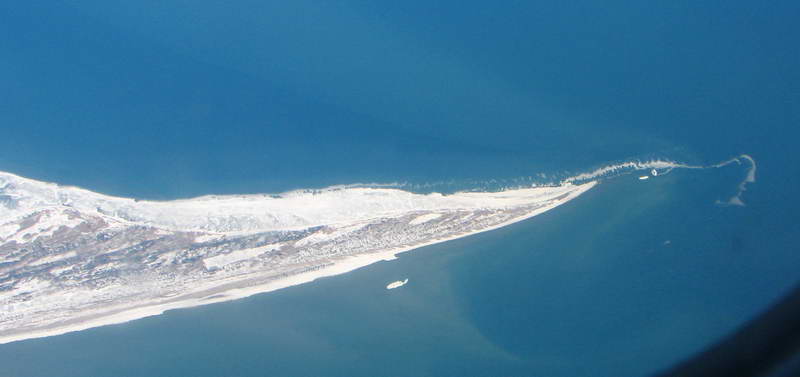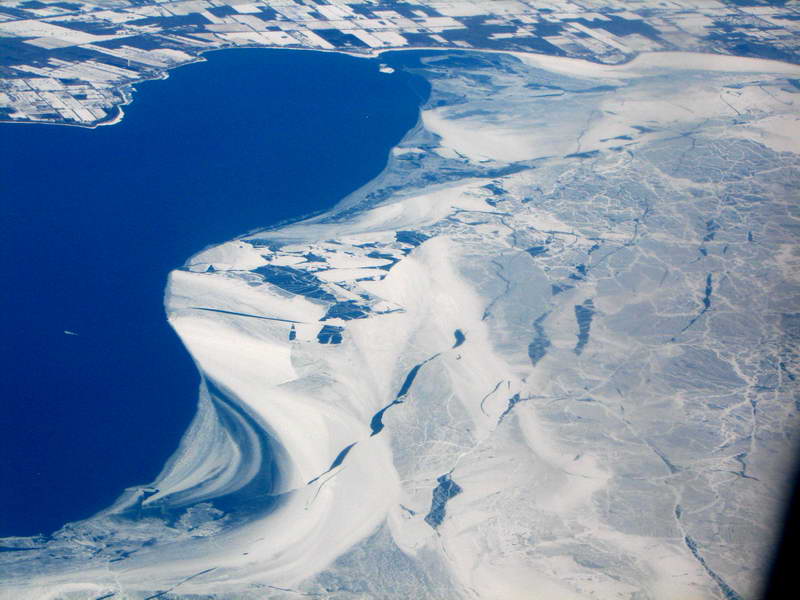Ice-Out
Well after anyone with any common sense has decided the season is over the ice goes through a couple of final stages and often ends its existence abruptly. In general, the ice changes color from white to grey to dark gray. Rain and windy, warm conditions tend to make the ice dark. Sunny, warm, low wind conditions tends to make the ice white as a layer of corn ice forms on the surface. Cold overnight conditions also tends to make the ice white.
In the next stage the ice can melt completely in a few hours, typically on a windy day. Many people think the ice sinks. They can’t see how it survived the weeks of warm weather slowly loosing thickness and suddenly the last several inches disappears so quickly. Let me assure you, no laws of physics are violated! Most of the water under the ice is as 34-36 degrees. Three feet of 35 degree water has enough warmth to melt an inch of rotten ice. All winter the ice sheet has protected the water from wind driven mixing. Once the sheet starts to come apart, the wave action and mixing of the upper layer of the water brings up warmer water from a few feet below the surface. The top few feet of the lake has enough warmth to melt several inches of rotten ice. The wave action also breaks up the sheet into small pieces which melt faster. Most of the melting takes place during periods of high wind (25+ mph).
On large lakes this is a more gradual process. The process often starts with some open water forming. With some space to work with, floes of ice blow away from the down wind edge of ice sheets. As they drift down wind the waves get bigger and break the big pieces. These pile up on the next shore or ice edge they run into. Long streaks of them can often be seen being pushed around points on their way down wind.
 Ice blowing east off the end of Long Point, Lake Eire, March 6, 2010. Scale: picture about 5 mi wide.
Ice blowing east off the end of Long Point, Lake Eire, March 6, 2010. Scale: picture about 5 mi wide.
 White bands of of wind blown ice pieces on the east end of Lake Eire. The picture is about 5 mi wide. March 6, 2010
White bands of of wind blown ice pieces on the east end of Lake Eire. The picture is about 5 mi wide. March 6, 2010
On smaller ponds where wave action is minimal ice-out is less dramatic. The ice melts away from the edges and whatever is left just drifts with the wind to the side of the pond and melts slowly. Ponds usually open before ice in deeper lakes.
